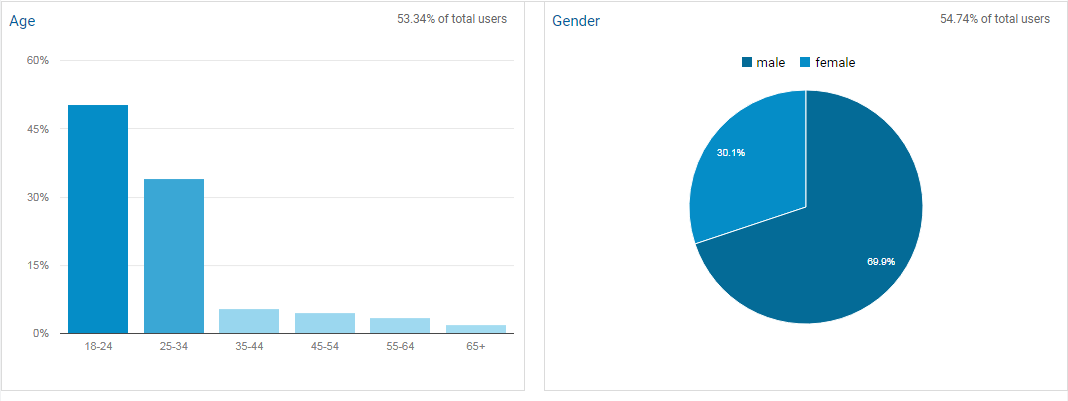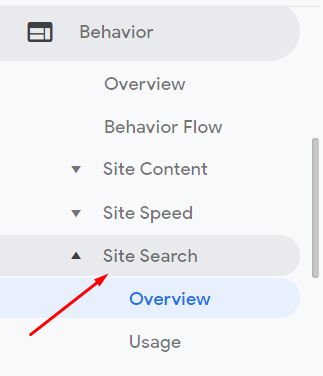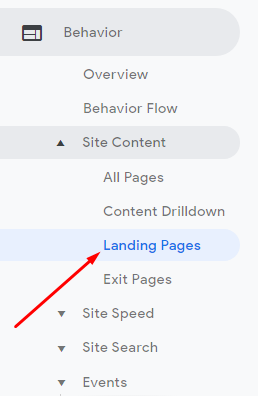Google Analytics is an efficient tool you need, to better understand your customers.
“If you can’t measure it, you can’t improve it.” - Peter Drucker
Google Analytics grants access to an extensive amount of data related to how users find and interact with your site. It allows you to gain an enormous amount of SEO & marketing insights. The insights you obtain from Google Analytics will help you to discover the existing opportunities, to optimize the overall performance of your site.
More in-depth knowledge can be gained from google analytics, ranging from engagement metric insights - conversion metrics and, more.
Check out five of these actionable insights you can learn from Google Analytics and try to implement them to enhance your SEO.
1. Custom Segments
Custom Segments is a key feature of Google Analytics, allowing you to view traffic by channel, and the visitors who completed the goals and also allowing you to view demographic data. Many facets of user data including the time they spent on your website, visit of particular pages, visits from specific location, visitors who accomplished a goal and more can be used to create custom segments. Using the custom segments, you can learn more about the visitors on your website and how they engage on your site.
One insightful area to examine when managing additional segments to create is in the Audience tab of Google Analytics.
You can navigate to the Audience -> Overview, then you can click Add segment followed by a custom tab. You will be able to view the categories Affinity Categories, In-Market Segments, and Other Categories.
You can set the audiences in the way you prefer.
You can also set the audience by diving in depth, navigate to Demographics below the Audience tab to see age and gender data.
The majority of visitors to this site are in the 18- 24 age range and interest of female are comparatively more.
Once you created a segment, you can monitor the response of the users in this segment. Please ensure that you will want to define a date range for at least six months to a year if you have a solid accumulation of data.
2. Monitor Mobile Traffic
Mobile traffic is consistently increasing in significance. Rather than monitoring the mobile traffic to the website, it is significant to monitor the engagement of the mobile visitors.
Things you can do to assess this is:
Observe the number of mobile conversions on each page. You can do this by adding a mobile segment.
Keep an eye on the mobile bounce rate. Concentrate on the pages with high mobile bounce rates to fix the potential issues related to the particular page.
You can also compare the bounce rate metrics of mobile and desktop. Comparing the same page in both mobile and desktop can provide additional insight highlighting the difference among the mobile and desktop experience.
3. Focus on Site Search
You have a tremendous opportunity if you have a search bar on your site. With the help of the search bar available on your site, you can learn about what your visitors are looking for. You can also gain insight into what they are searching for and the number of people searching.
For instance, if a large percentage of your site traffic is using the search bar, it clearly indicates the improvement you have to do on the site to provide users with the information they are looking for.
You can get an insight into what they are searching by observing the site search under the behavior tab.
The actual search term users are searching in the search bar also help to generate new content ideas.
For instance, if a user is repeatedly hunting for a term that a site doesn't have great content about, now it's your turn to get benefit out of it, by adding content on the same topic the visitor searched for and in future, it may satisfy the user. If the search traffic is more for a particular product or service, you can feature them on your homepage in a more accessible form.
4. Bounce Rate
A website's bounce rate indicates the percentage of people who land on your website and then leave without clicking or navigating to anywhere else on your website. In other words, leaving after viewing only one page.
While some high bounce rates may not certainly declare into a poor user experience, it may be characteristic that visitors have not found what they are searching for on your site.
For example, if you are ranking top for a long tail keyword, but when a person gets into the site and then, they leave reveals that the content in the site doesn't speak up.
High bounce rates can be also caused by poor website design and UI/UX design.
By adjusting the time frame in Google analytics you can assess your bounce rate quarter- over- quarter, whether it has increased or decreased. If the bounce rate increased significantly, then it is a sign of updating required on your website.
5. Locate Top Performing Pages by Conversions
Understanding the performance and conversions on each page can help you enormous amounts of insights. You can adjust the time period by navigating to Behavior tab to site content to landing pages. You can also compare the time quarter over quarter or year over year.
You can observe negative trends on each individual page. If a particular page has seen a notable decline, the problem is most likely isolated to that one page. However, if there is a negative drop across several pages, it may be an indication that there are some more technical concerns to work through.
You can find the below metrics in the landing page display.
Last Line
These are few of the opportunities you can use into in Google Analytics. Implement these useful SEO insights that help you formulate effective SEO strategies, which in turn drive valuable results.






